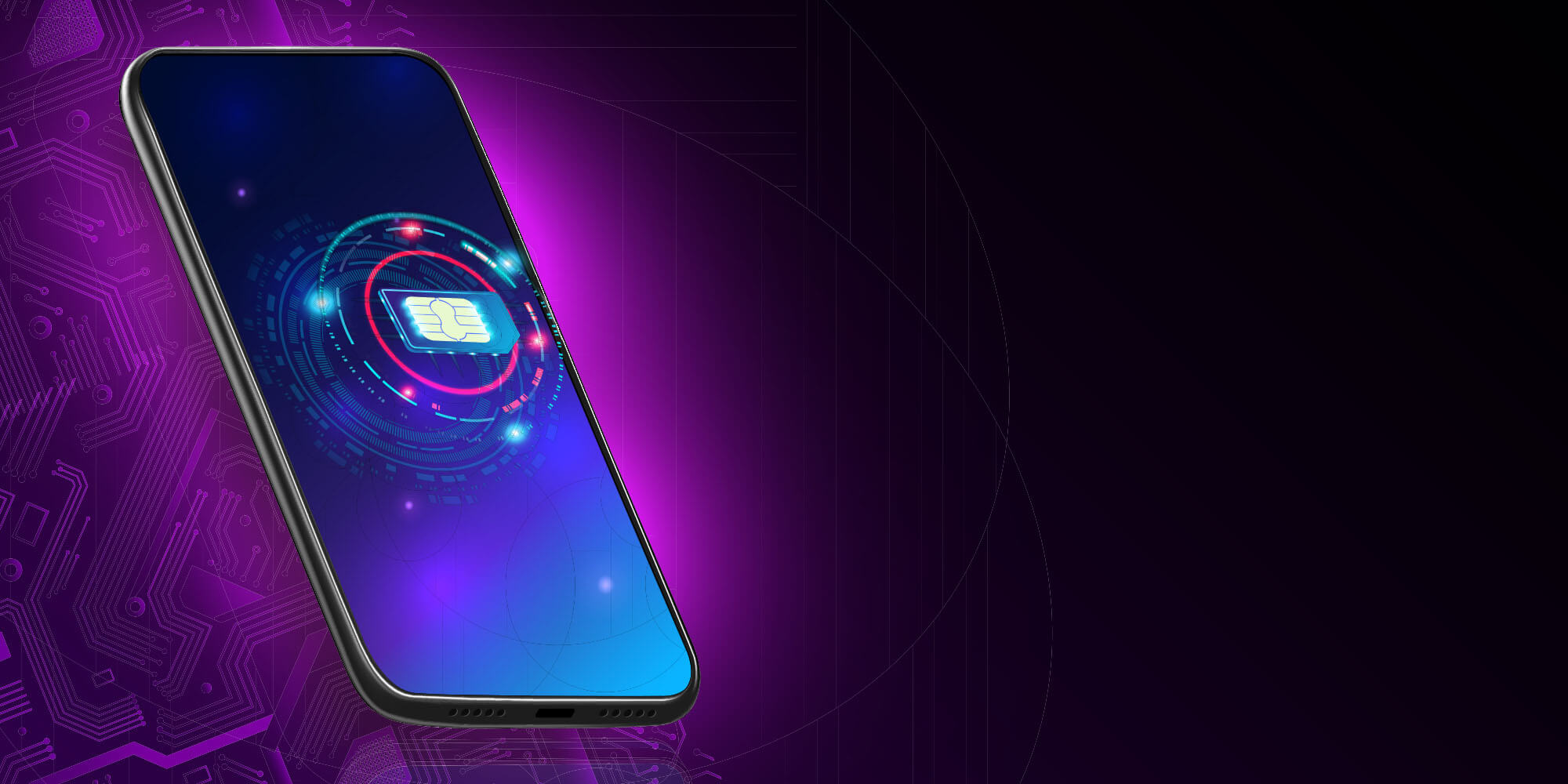M2M's future is eSIM
Use cases based on the ability of connected objects to communicate with each other are multiplying rapidly. By 2030, an estimated 50 billion objects will be connected and exchanging data across a wide range of ecosystems. To support this transformation, technology must also evolve. Innovations on the eSIM are opening up new opportunities to facilitate the integration of components and enable players implementing M2M/IoT solutions to become more agile. The possibilities offered by these developments were recently discussed in our webinar entitled “M2M’s Future is eSIM”.
These days, we are surrounded by connected objects. Equipped with the ability to communicate with other connected objects in real time, they make our day-to-day lives easier and safer, reduce our environmental footprint and generate economic value. For example, a car, no longer just a means of transportation, is now an ecosystem of connected components, each of which sends or receives data from other parts of the vehicle. It also communicates with a wide range of external parties: users, manufacturers, dealers, third-party service providers, and even possibly emergency services.
The automotive sector is a good example of how M2M (machine-to-machine)/IoT (internet of things) technology is being deployed. In many other sectors, use cases are multiplying. This trend is set to become even more dominant in the months and years ahead. By 2030, on a global scale, it is estimated that some 50 billion objects will be communicating with each other within new ecosystems.
5G and eSIM open up new prospects
These developments have been facilitated by technological advances.
The implementation of 5G has been a major transformative element, offering the possibility of connecting more devices in real time and opening up new use cases in different industries where latency is becoming a central factor.
The other major development in object connectivity is the adoption of eSIM technology. The digitalisation of SIM cards solves a number of issues, enabling players wishing to develop new use cases and remove certain brakes or barriers to help accelerate the global deployment of IoT/M2M connectivity.
For POST, as a provider of global M2M/IoT connectivity solutions, one of the challenges is to adopt the latest technological standards to facilitate rapid, flexible and agile implementation of new use cases. The adoption of eSIM technology is part of this approach. In partnership with Giesecke+Devrient (G+D), a major player and benchmark for secure technology solutions on a global scale, we are now offering our customers the opportunity to take advantage of the possibilities offered by eSIM technology to implement and manage innovative M2M ecosystems effectively.
Facilitating the implementation of new use cases
"Our aim is to be a business enabler, to position ourselves as a facilitator in the implementation of new use cases. With this in mind, we are deploying eSIM solutions with specifications that meet current and future GSMA standards,” explains Waleed Badawy, Director M2M Global Solution Sales at G+D. The aim is to ensure that the solutions we implement are sustainable. While connectivity elements are bound to evolve at the same pace as technological developments, G+D is working to facilitate the integration of eSIM solutions deployed according to the current standard (SGP.02), with other players adopting the standard currently being developed (SGP.32). “Through the solutions and platforms we offer, we constantly seek to reduce the integration constraints of various devices, regardless of the standards in place,” continues Waleed Badawy. In this way, we support the implementation of new M2M ecosystems, fostering collaboration between various players who are looking to do business together.”
Speed, simplicity and agility
eSIM cards have a number of advantages. Firstly, they make it much easier to deploy new use cases. In the past, you had to integrate the partner operator’s SIM card into every connected object. Now, thanks to eSIM, these solutions are embedded in every object designed to transmit or receive information. This considerably accelerates the implementation of new solutions.
"The eSIM helps M2M service providers to optimise connected device production and distribution, as well as the flexibility in acquiring connectivity from different mobile operators. Technology allows us to provide our connectivity solutions to service providers with the flexibility of changing operator if they wish, as well as the possibility of providing the connectivity to players who have already deployed M2M devices from eSIMs.” explains Goran Jokic, Telecom Services Development Manager at POST Technologies. One of the advantages of eSIMs is the increased agility they offer in managing M2M/IoT connectivity. eSIMs make it possible to implement and develop ecosystems more effectively regardless of scale and complexity with a wide range of partners: manufacturers of connected devices, platform managers, operators and M2M service providers. “Beyond that, while minimizing integration efforts, it offers the possibility of providing connectivity solutions on a global scale, including the countries where permanent roaming is prohibited.” adds Goran Jokic.
Whether you’re looking to deploy new profiles (directly or via third-party service providers) or change operators, eSIM makes it easier to manage M2M ecosystems and their development.
The cherry on top is that eSIM technology also has a lower environmental footprint. As the SIM card is digital, there is no longer any need to produce plastic chips with a limited lifespan.

Written by
Júlio PinhoContact us
Do you have any questions about an article? Do you need help solving your IT issues?
Contact an expert







Our experts answer your questions
Do you have any questions about an article? Do you need help solving your IT issues?
Other articles in the category IoT & Connectivity
Internet access for professionals on the move
Where individual employees are regularly expected to travel or work from multiple sites, mobile data connectivity solutions are one possibility.

Author
Benjamin VasseurPublished on
18 July 2023
Why outsource your print management?
In the heart of an organisation, the management and monitoring of your printing can be a burden. What if, to meet your needs in this area, you opted for an outsourced service to monitor and manage your printing solutions, as POST offers? This approach allows you to save money, reduce your environmental footprint while contributing to the productivity of your teams and improving the security of your information
Author
Béatrice SeiwertPublished on
10 November 2022
5G: now a reality filled with opportunity
5G tackles the issue of increasing production and consumption of data through mobile devices. For smartphone users, the switch from 4G to 5G will not so much be an evolution as a revolution.

Author
Justin StephanyPublished on
04 October 2022




